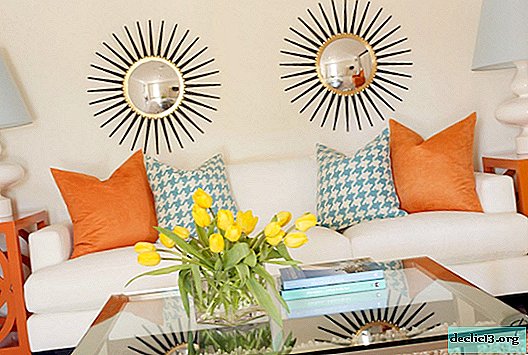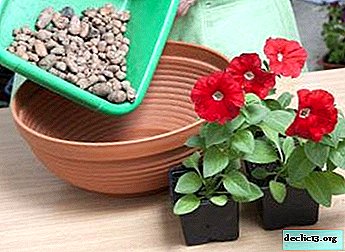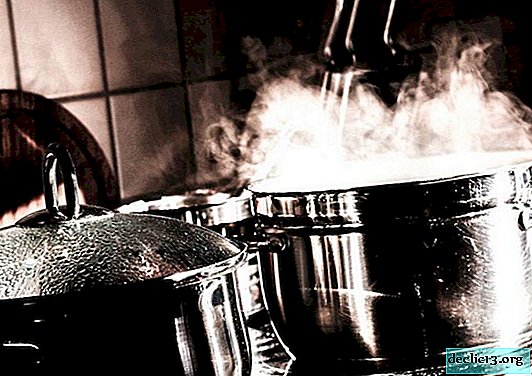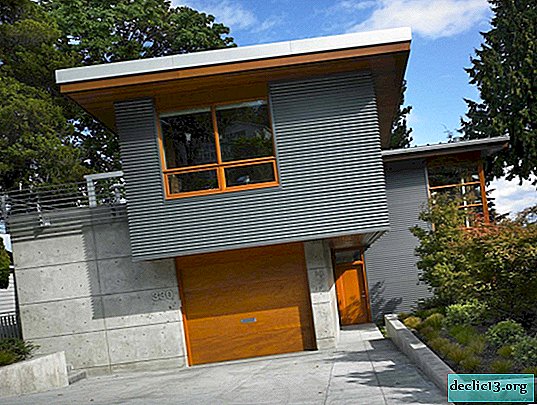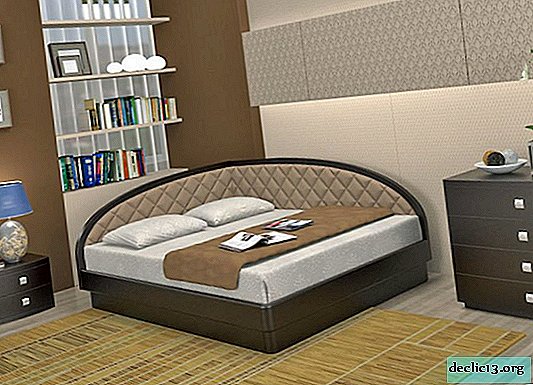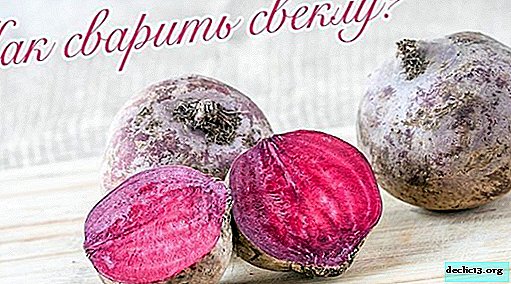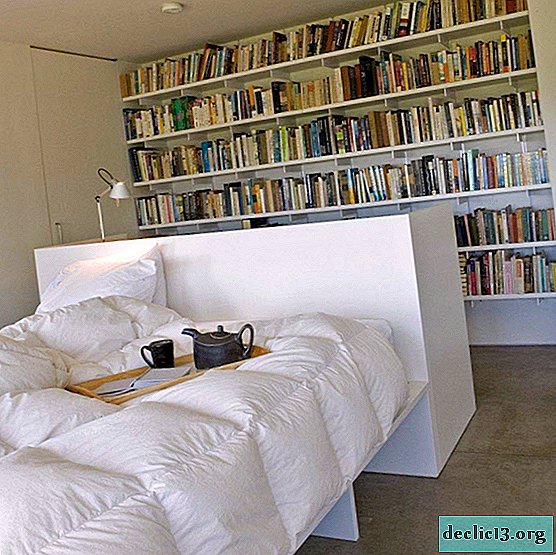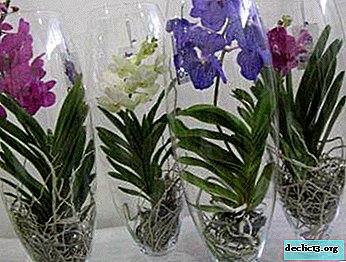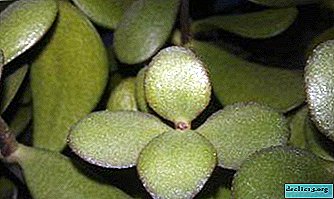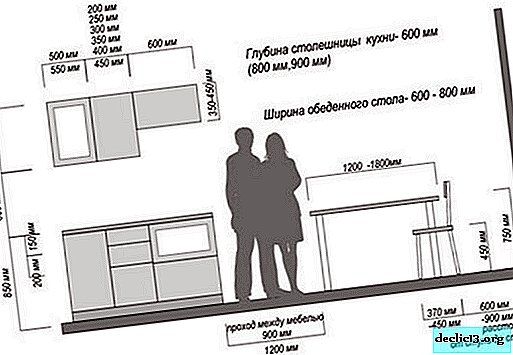Textile wallpaper: types and photos in the interior
With the development of new technologies, the construction market is filled with new finishing materials, which are endowed with the best technical and aesthetic qualities. These materials include textile wallpapers. The material has several advantages that distinguish them among other finishes. We will examine in more detail with all types, advantages and disadvantages of textile wallpaper.
Types of textile wallpaper
- jute;
- linen;
- felt;
- silk;
- on a synthetic basis.
Linen wallpaper
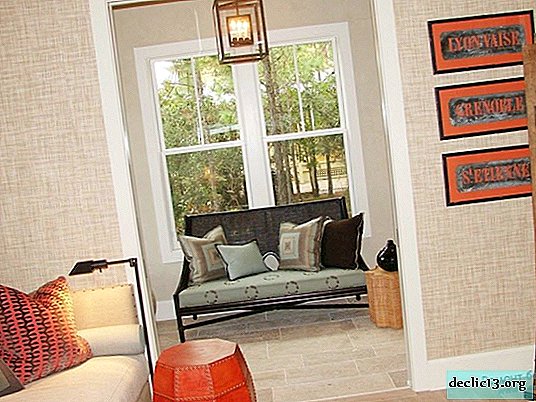


The material is based on a paper web laminated with natural threads, which, in turn, can be made from mixed and natural fibers. When purchasing linen wallpaper, there is a chance that the rolls will differ in tone. The reason for this may be the use of natural fibers and threads. But this fact should not be considered a drawback, since as a result they should have the appearance of natural fabric on the walls, which implies an overflow of the color palette.
- Linen wallpapers are distinguished by such advantages:
- do not fade;
- possess high heat and sound insulation; environmentally friendly; easy care: you can use a vacuum cleaner.
The technology of wall cladding with linen wallpaper implies gluing them butt-to-butt, after having previously impregnated the canvas with glue. The friction of the wallpaper canvas from the front side is not allowed.
Jute wallpaper



If we apply natural fabric on a paper base, we get jute wallpaper. They are not a cheap product, and can be either one tone or with a pattern. The advantages of jute wallpaper include:
- high wear resistance;
- the ability to hide the imperfections of the walls;
- high resistance to ultraviolet rays.
When gluing walls with jute wallpaper, glue is used for a heavy type of wallpaper, with waiting for the impregnation of the paintings with an adhesive mass.
Synthetic wallpaper



If all of the above wallpapers had paper as a basis, then this type uses foam rubber. It is on him that textile canvases are applied, which makes such wallpapers with a synthetic base, a product, with a high degree of sound and heat insulation properties. This type of textile wallpaper is unpretentious in leaving, pleasant to the touch, soft and elastic, they are actively used for facing children's rooms, cabinets and bedrooms. Sometimes wallpaper with a foam base is not produced in the form of a rolled material, but as a solid canvas to fit the wall. It is worth noting that for this type of wallpaper, the joints are 5 mm in size, they are glued with a stretch. In this case, special glue is applied, applied only to the edges of the canvas.
Felt wallpaper

Such wallpapers got their name from felt material, which is applied to a paper base. Foamed polypropylene can also be an alternative to felt. On the front side, the wallpaper resembles a velor texture. By their functional qualities, felt wallpaper is not inferior to linen, which in addition can be used as a skillful disguise for imperfectly even walls. You can use a vacuum cleaner to clean natural wallpaper from felt, but if the wallpaper is made with polypropylene, then wet cleaning is used, without hard friction.
Silk wallpaper



They are also produced on a paper basis using viscose or natural silk. Silk wallpapers are made for subsequent application of paint or drawing on them. The scope of application of silk wallpaper is different: cabinets, bedrooms, living rooms, halls of restaurants and bars and so on. For gluing such wallpaper on the walls, glue is required for heavy types of wallpaper, and the same vacuum cleaner is suitable for cleaning.
It is difficult to make a choice among high-quality products, so the best decision when choosing textile wallpapers will be based on subjective preferences.

